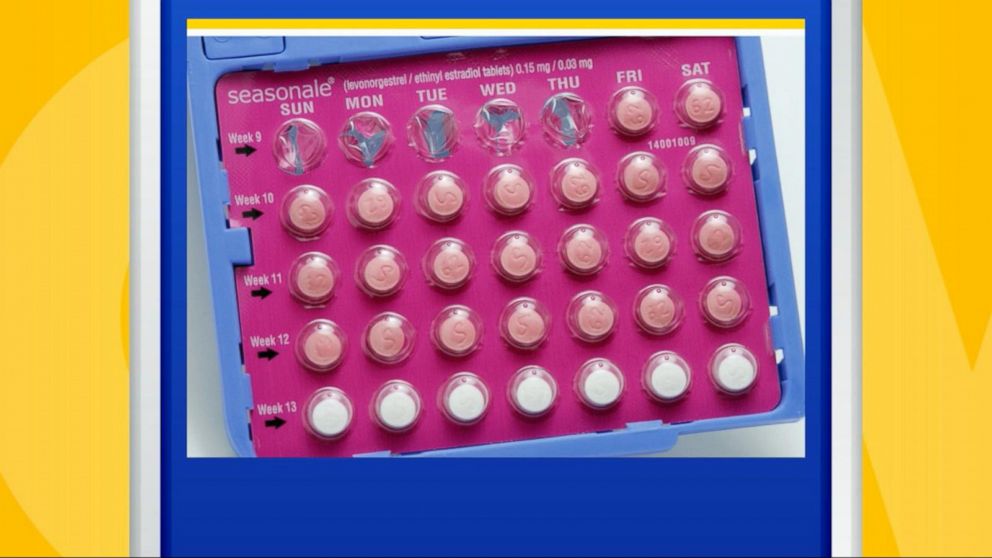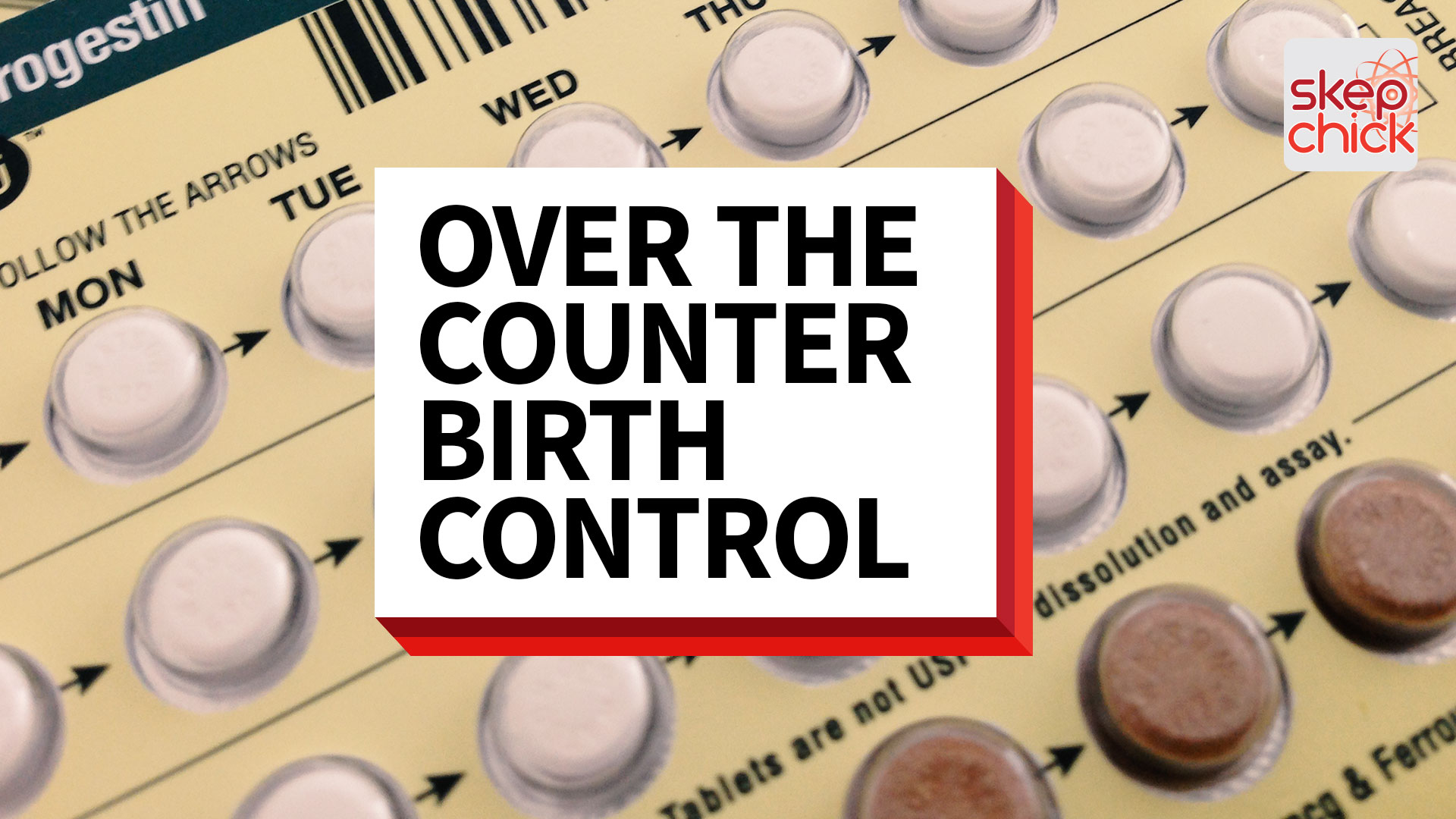
defenders say that by asking many questions and demanding rigorous testing, the agency is being prudent about assessing the potential health risks of making the pill available without a prescription. But after years of preliminary trials to clear the agency’s research and consumer-testing hurdles, neither has reached the stage of applying yet. to make the switch to an over-the-counter version, and have been in communication with the agency about their plans. Reproductive-rights activists in the United States view an over-the-counter birth-control pill as an easy and effective tool for rural, poor and historically marginalized communities to avoid unwanted pregnancies - reducing their barriers to health care and lowering the abortion rate along the way.Īt least two drug companies want to apply to the F.D.A. approves an over-the-counter version, it will be effectively saying that women with underlying health risks who choose that option will have to do their own research on how the birth-control pill would interact with their condition and any other medications they are taking. There’s also a slightly higher risk of blood clots.If the F.D.A.
#Over the counter birth control skin
Possible side effects Most women don’t get any – but headaches, skin irritation, nausea and tender breasts are the most common ones. If you replace it straight away, you should still be protected.
#Over the counter birth control Patch
Of course, there’s a risk the patch might come unstuck or the ring dislodged. Plus, they’re not affected by stomach upsets – and you don’t have to remember to take a pill each day! How reliable are they? Used properly, they’re 99% effective. For at least 21 days, followed by a 4 or 7-day break.For 9 weeks followed by a 4 or 7-day break.Normally, you use patches or rings for 21 days, then take a break for 4 or 7 days. You change it every 3 weeks, on the same day at the same time. If you choose the vaginal ring (NuvaRing), you insert this into your vagina yourself.

It’s about 5cm square and you change it once a week. How you use them You wear the contraceptive patch (Evra) on your skin – anywhere clean, dry and not too hairy.

Like the combined pill, both the patch and the ring contain progestogen and oestrogen hormones – they’re just delivered into your body differently. After that you’ll need these checked at least yearly. There’s also a slightly higher risk of blood clots.

So you'll need to get this checked either at home or in-store before you can take this type of pill. Possible side effects These vary, but you may find your blood pressure increases. Everyday for at least 21 days, followed by a 4 or 7-day break.Every day for 9 weeks, followed by a 4 or 7-break.

If you bleed heavily or painfully, have headaches or mood swings on pill-free days, you can skip the break. With most combined pills, you take them for 21 days, followed by a 4 or 7-day break. During your break, you’ll probably have a withdrawal bleed. How you take it One pill a day and at the same time each day. You’ll need yearly blood pressure and BMI checks when taking this type of pill. They prevent you from releasing an egg (ovulating), which means you can’t get pregnant. Combined contraceptive pills, like Yasmin, Rigevidon, Lucette and Microgynon, contain two hormones: progestogen and oestrogen.


 0 kommentar(er)
0 kommentar(er)
